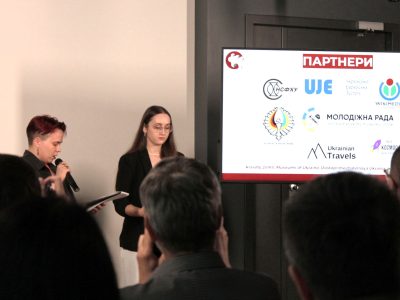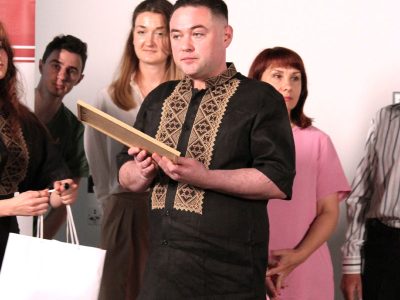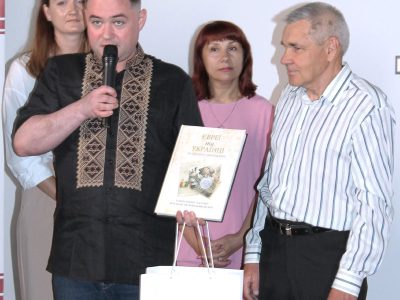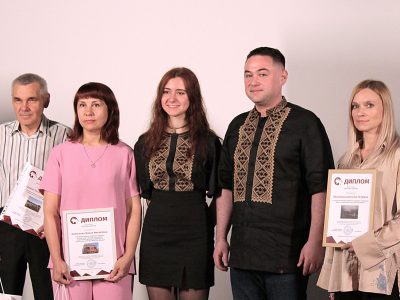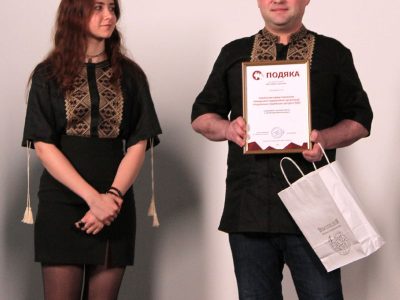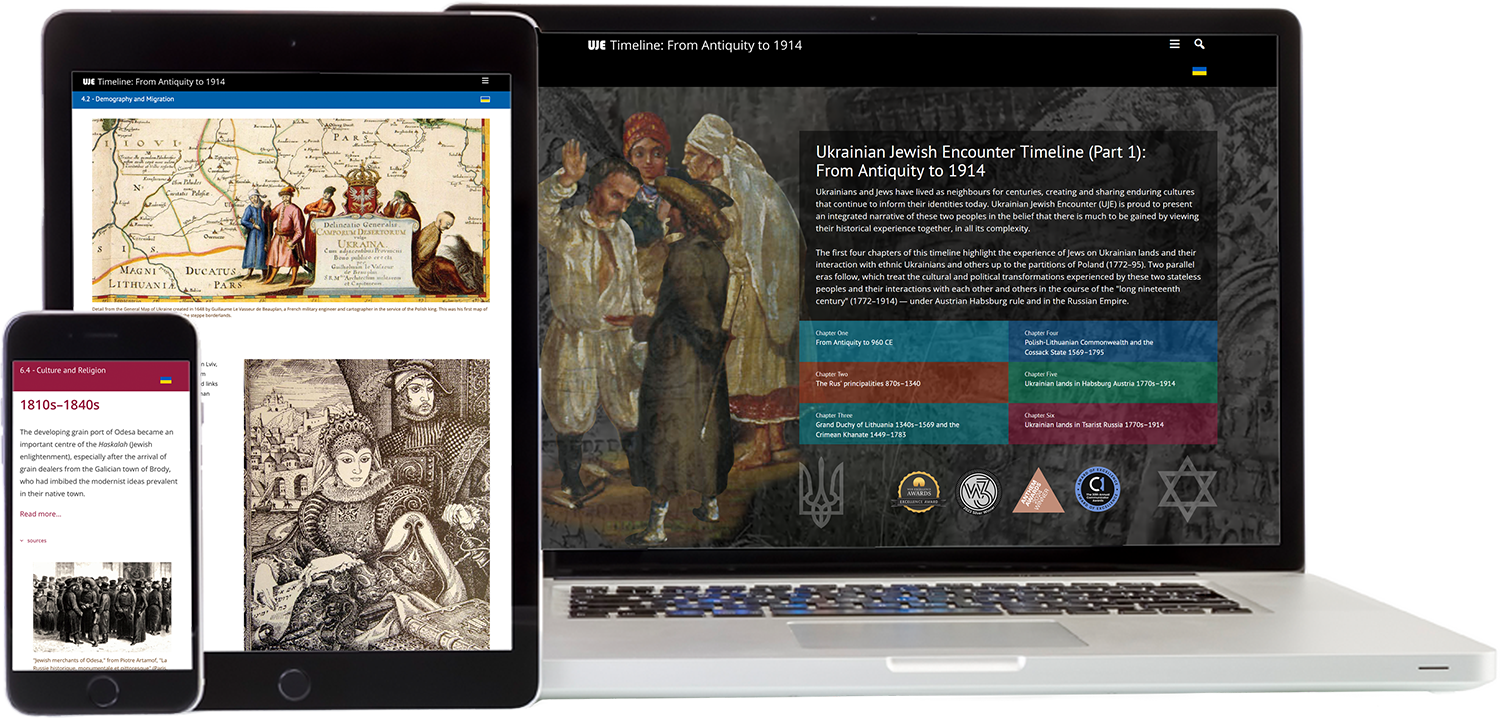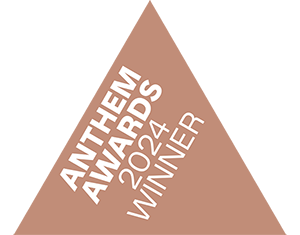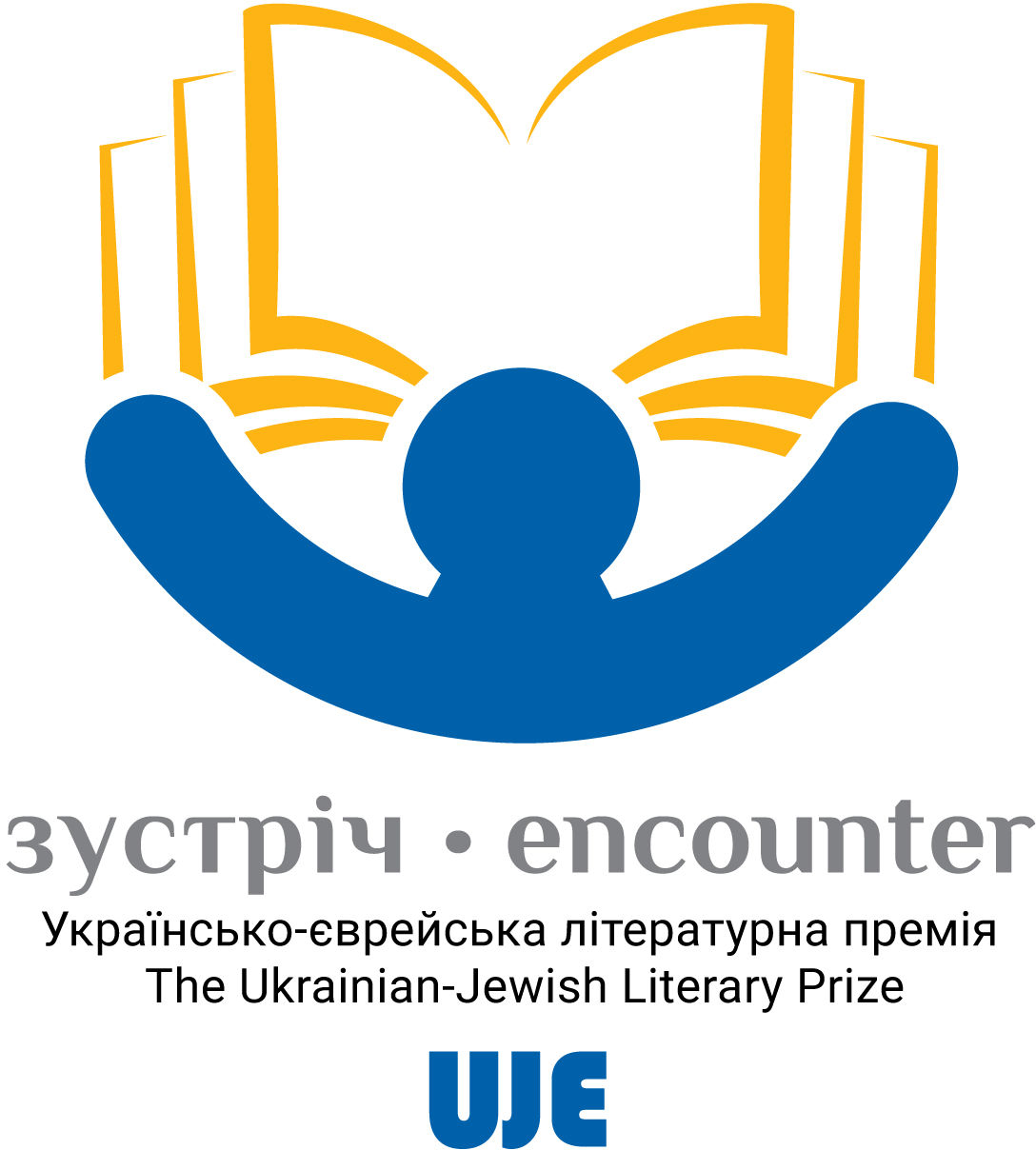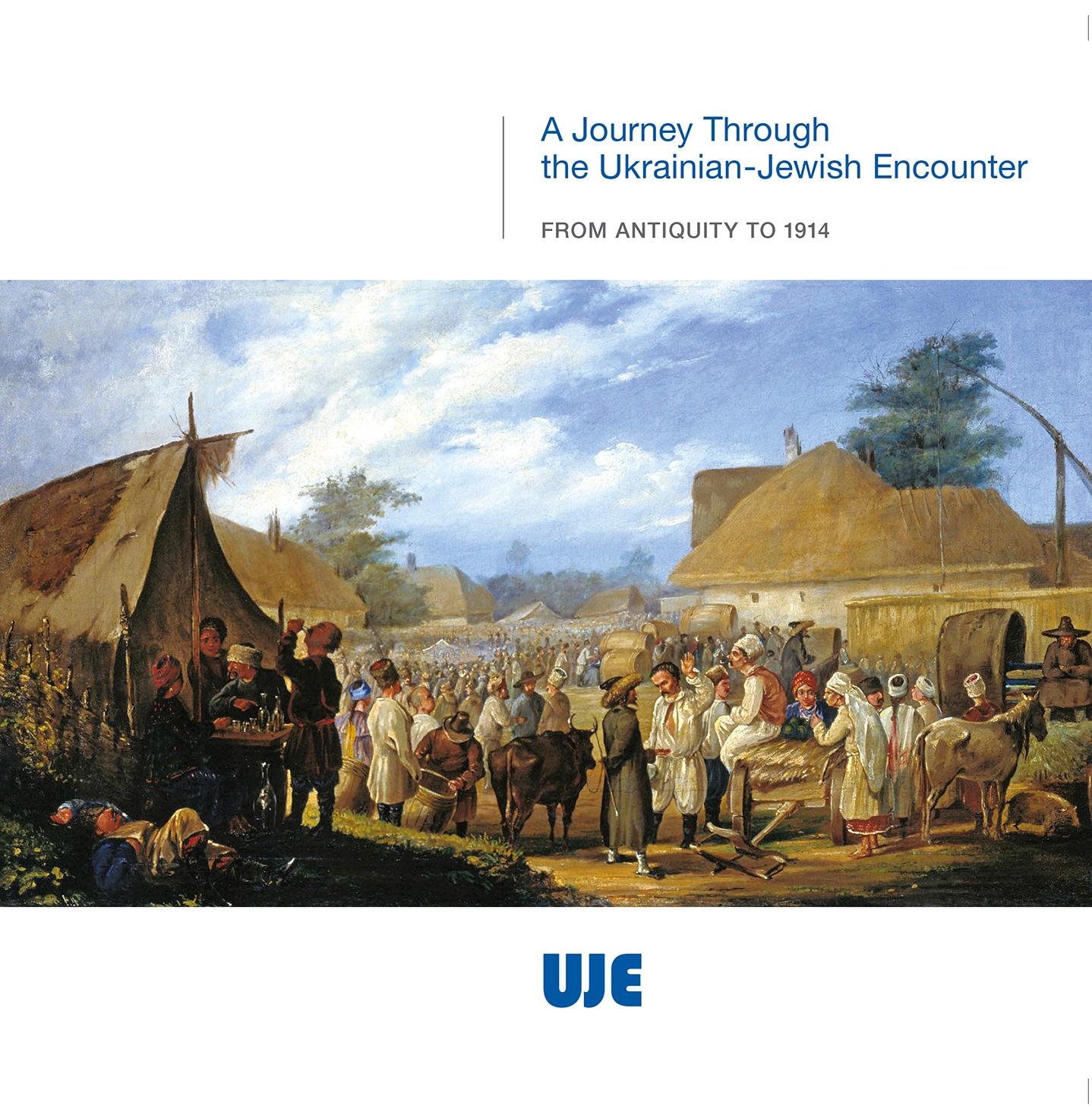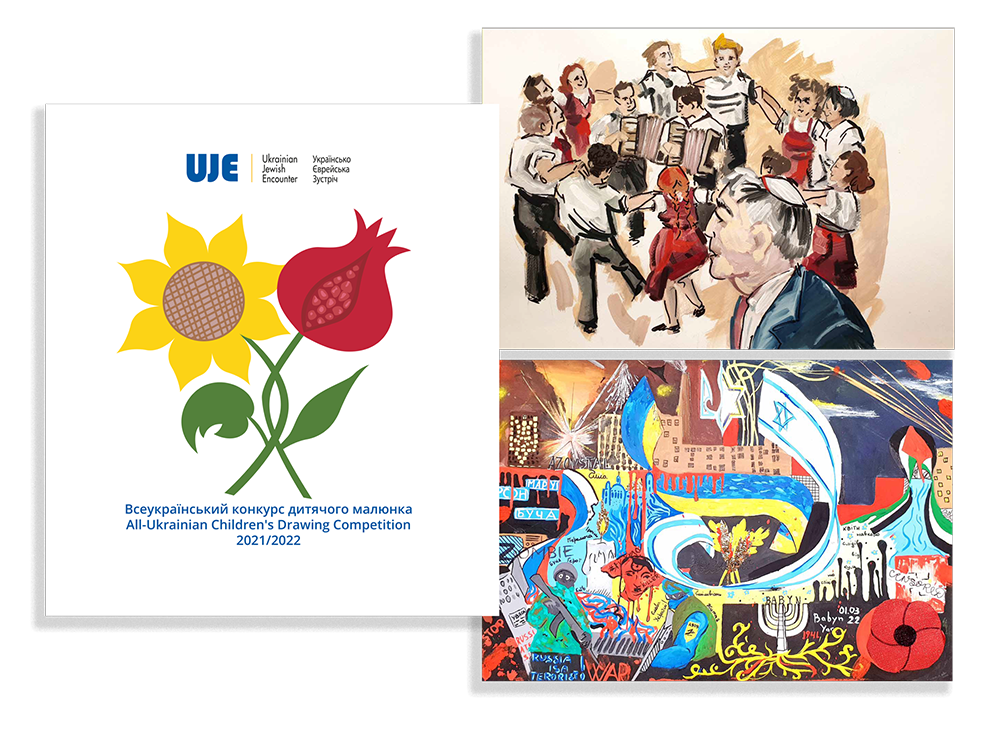Winners of Wiki Loves Monuments in the Jewish Heritage category receive awards
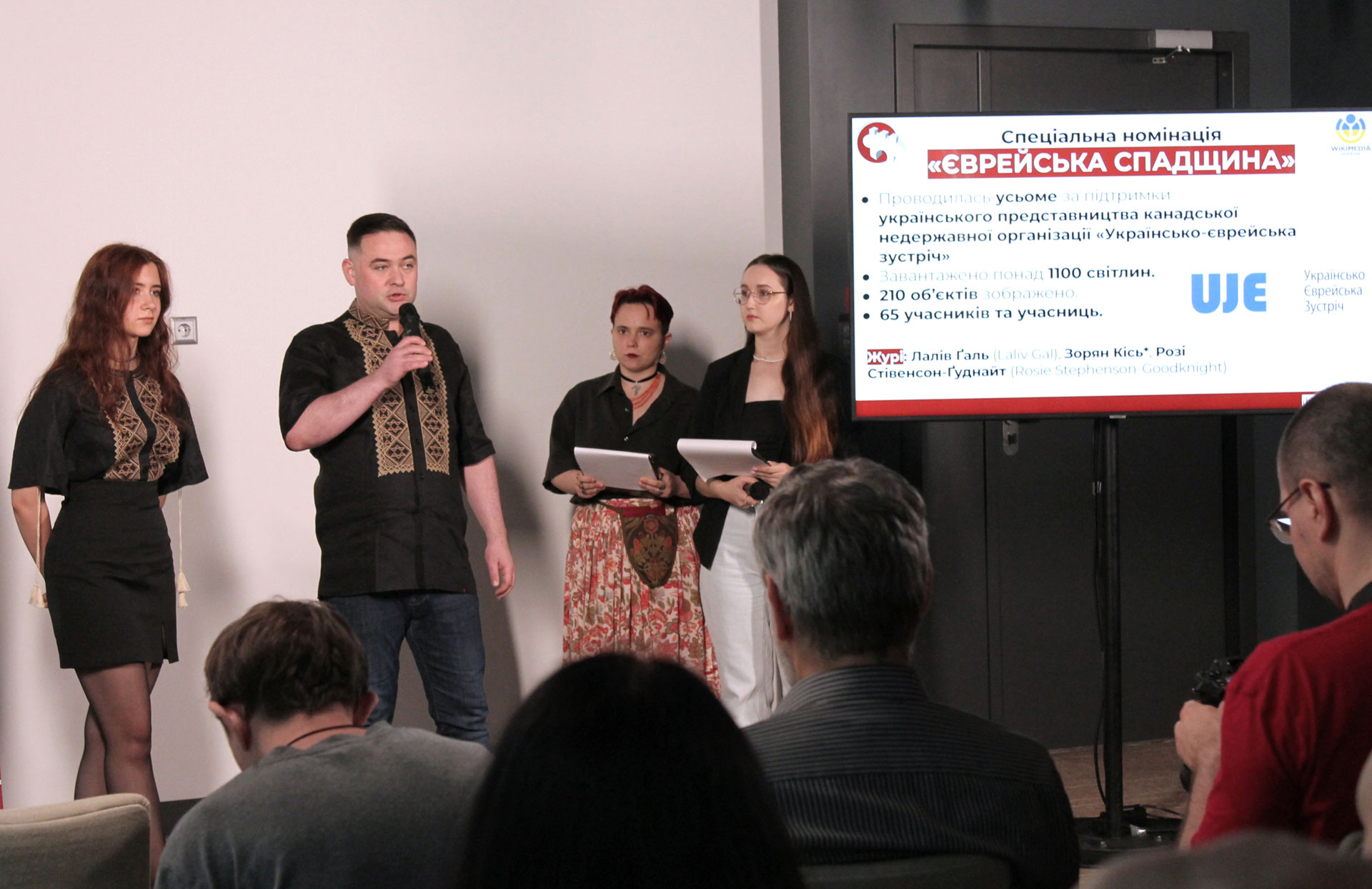
Silent witnesses of past centuries are hidden in the depths of the Ukrainian landscape among its hills, streets, and ruins. Ukraine's Jewish cultural heritage survives not only in words and memories but also in forms, textures, half-erased inscriptions on matzevot, cracked synagogue walls, and faded façades of ancient buildings. These traces of the past are the focus of the Jewish Heritage special category within Wiki Loves Monuments, a photo contest launched more than a decade ago. UJE's office in Ukraine has supported this photo contest for the past seven years.
It is not just about pictures. It is about the camera becoming an instrument of cultural memory, with photographs not only recording reality but also bringing forgotten objects back into the focus of attention. The goal of the photo competition is to collect photographs of all cultural heritage sites worldwide and place them in Wikimedia Commons, which will enable the provision of illustrations for Wikipedia articles viewed daily by millions of people globally. The special category supported by UJE draws attention to objects of Jewish cultural heritage. In 2024, it received more than 1,100 contributions depicting 210 objects (112 of which did not have official protection status) from 20 regions of Ukraine. Photos of 56 monuments were uploaded for the first time. A total of 1,102 monuments have been registered within the contest, of which 768 are not protected by the state.
UJE supports this initiative precisely because it enables us to see the invisible — objects that slowly disappear from the map but remain in history. The jury, composed of researchers, photographers, and cultural heritage guardians, selected the 17 best photographs in three categories: Places of Worship, Cemeteries, and Other Buildings. The real value is not only in winning but also in the very process of searching, documenting, and studying.
On 31 May 2025, the winners received their awards during a solemn ceremony in Kyiv. Vladyslav Hrynevych, Jr., Regional Manager of UJE's Office in Ukraine, addressed the audience, thanking the photo contest's organizers, jury, and participants and emphasizing the importance of continuing the contest in the future.
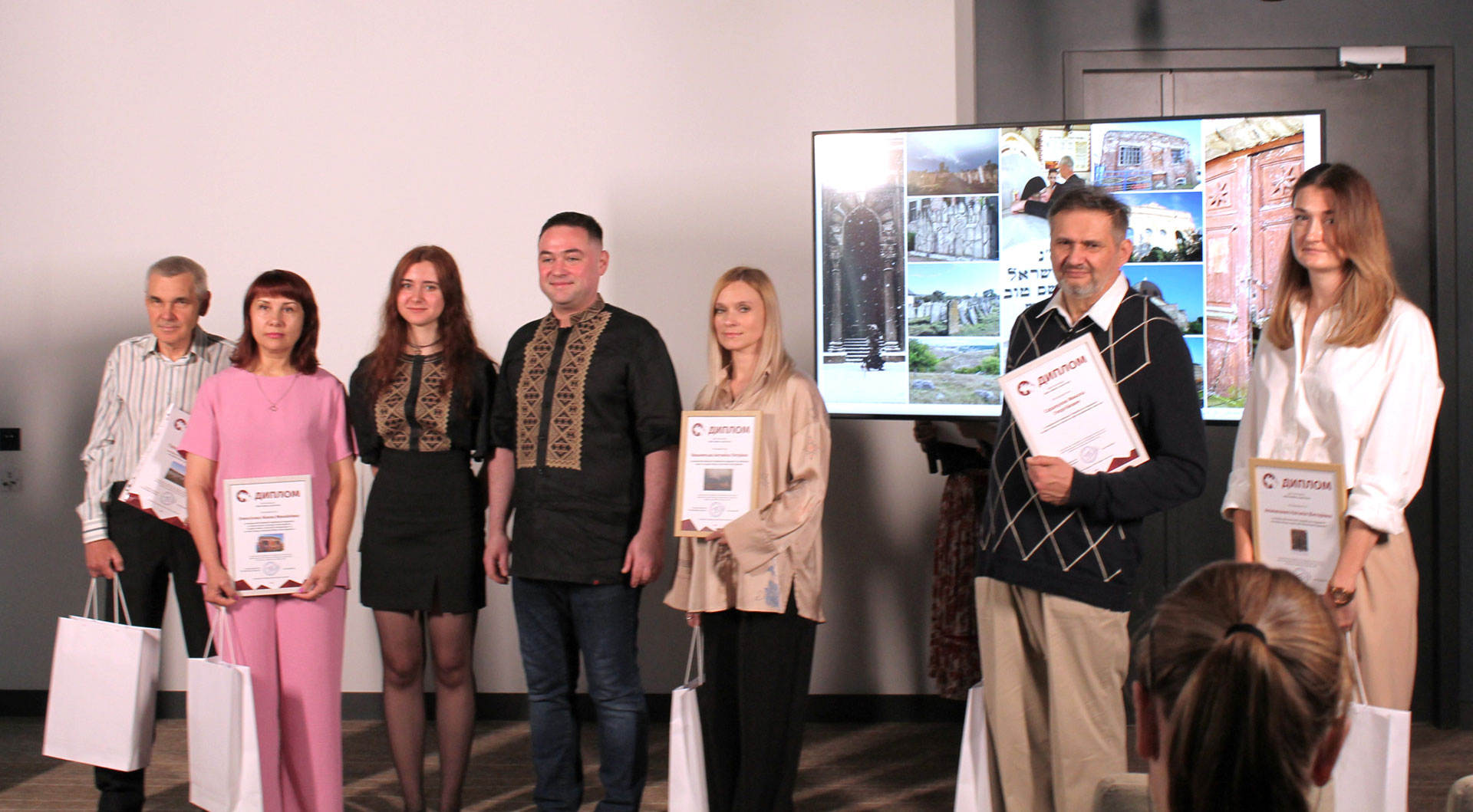
"An approach that has taken shape and become traditional in global and domestic studies of Ukrainian-Jewish relations focuses on complex and dramatic pages in the history of both peoples. It considers the historical experiences of Ukrainians and Jews on Ukrainian lands as separate and virtually unrelated.
Through such publications as Jews and Ukrainians: A Millennium of Co-Existence by Paul Robert Magocsi and Yohanan Petrovsky-Shtern, UJE offers an important approach to a conceptual overhaul of traditional models in studying the historical past of Ukrainians and Jews. We believe this approach is necessary for constructing a holistic historical picture of the relations between the two peoples. At the same time, this does not, of course, mean that we should exclude or reduce the intensity of research on difficult periods in the history of Ukrainian-Jewish relations (anti-Jewish pogroms, the Holocaust, and manifestations of state and domestic antisemitism). Instead, the idea is to attain a complete presentation of the topic and, most importantly, achieve a reasonable balance in its coverage, which should finally put an end to the distorted picture of the historical past, where the relations between the two peoples are limited to dramatic history," Vladyslav Hrynevych, Jr., said in his address. He also presented the winners with certificates and the latest UJE-supported books.
See the highlights of the ceremony in the photos below.
Vladyslav Hrynevych, Jr., Regional Manager, UJE Ukraine
Translated from the Ukrainian by Vasyl Starko







